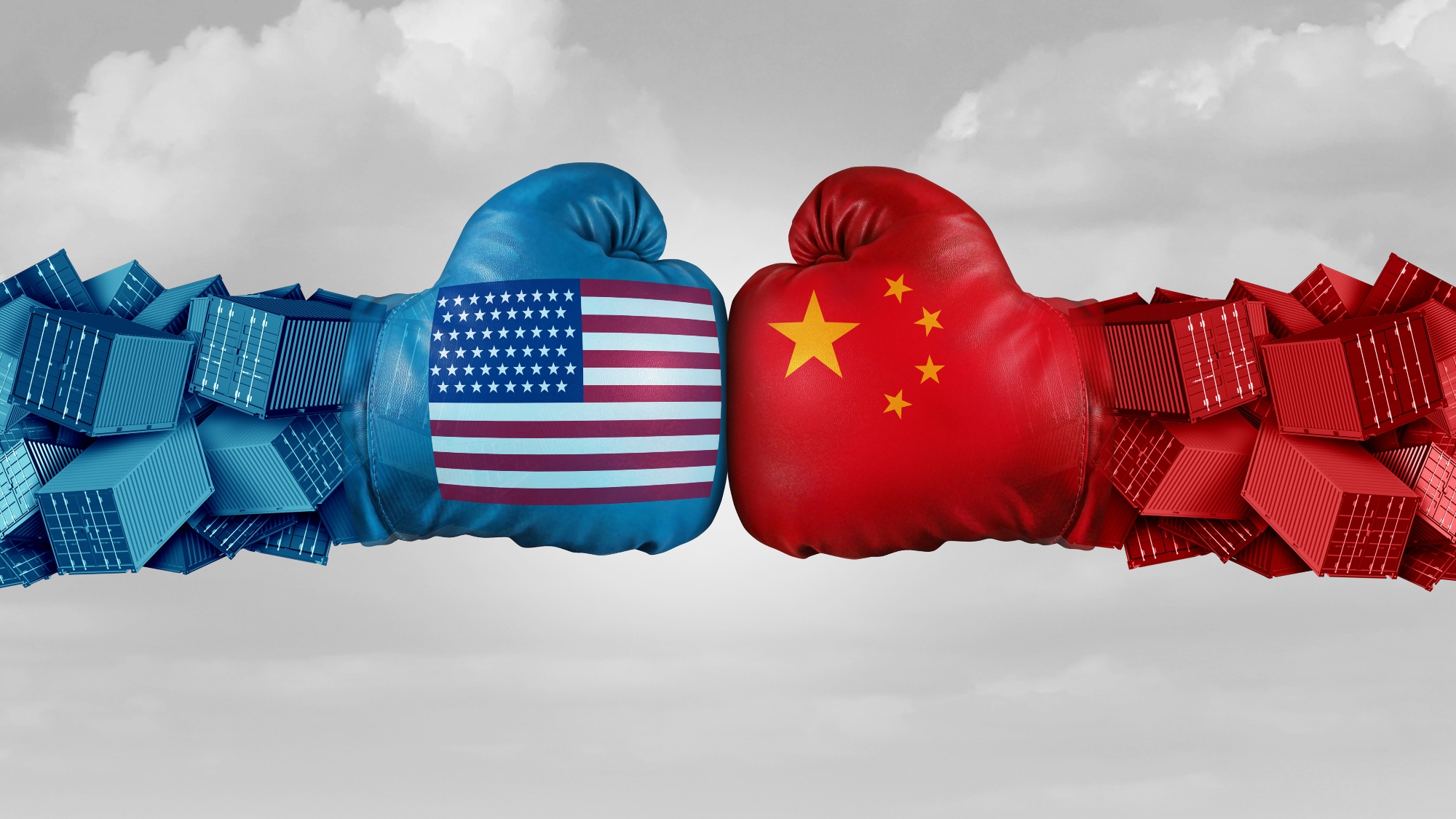Response to a Proponent of Reverse Auctions
A recent reader of the results of our study published in Inside Supply Management took issue with our results, and noted the following:
“As an experienced sourcing professional and current manager of a global e-sourcing program which has, as one goal, promoting the usage of reverse auctions, I wanted to respond to the article, “Reverse Auctions: How Do Supply Managers Really Feel About Them?” in your November, 2002 magazine.
“After reading the article, I was dismayed by the lack of balanced, in-depth coverage the Reverse Auction approach, an approach that most large and progressive companies now regard as a best practice in procurement, received. Overall, apart from the authors seeming to lend too much of a sympathetic ear to the suppliers vs. discussing the advantages which rev. auctions give sourcing professionals, I found that the article failed to accurately address the subject of reverse auctions in a variety of ways.
“I look forward to reading further about reverse auctions in future ISM Articles. There are many aspects to reverse auctions that are intriguing both from a purchasing and a supplier standpoint. “
Best Regards,
Brad J. DeHart, C.P.M.
UNISYS
Global Procurement
Our response to this letter is as follows:
We believe that this reader has an interesting, if somewhat naïve, perspective on reverse auctions. We respectfully disagree with his views, and base our insights purely on empirical evidence from our study.
Additional empirical evidence also supports the results of our study. While attending a meeting of over 130 executives at a joint meeting of the members of the Drug, Chemical, and Allied Trades (DCAT) group and the Institute for Supply Management (ISM) Pharmaceutical Forum in September, 2002, the results of the study were presented to executives who were involved on both sides of the issue. Many of the members of the DCAT group were direct suppliers to the ISM Pharmaceutical companies represented (including GlaxoSmithKline, Roche, Bristol Meyers Squibb, Bayer, Merck, and many others). Another presenter at the meeting was a senior executive representing a minority business enterprise packaging supplier to the pharmaceutical industry. This representative presented the “Voice of the Supplier”, and described his recent experiences in participating in reverse auctions.
The supplier presentation at the meeting reflected a perspective on reverse auctions from the standpoint of a minority business supplier. Although the presentation of our results and those of the supplier were prepared independently, it was remarkable how well our results were validated. The supplier began describing the nature of their business, which specializes in the procurement and distribution of over 10,000 supply chain items associated with indirect packaging materials and packaging equipment. The executive also noted the important business case associated with using a minority supplier. Given the changing demographics, need to use a minority business enterprise (MBE) for federal and government contracts, and for other business reasons, buying from an MBE makes good business sense. [See my 1/13/03 column on minority supplier contracts.] Within the context of a reverse auction, however, these issues often become overlooked.
The executive then went on to describe his recent experiences in participating in reverse auctions as a supplier:
Experience 1 – In 2000, the company (Bi-State Packaging) bid on a multi-item, multi-location requirement. They met the reserve price, and were awarded the bid. To date, however, they have received no business. Why? The company simply turned around and asked the incumbent supplier to match Bi-State’s price (which they of course did, and retained the business.)
Experience 2 – In 2001, Bi-State Packaging bid on a stretch film product used in packaging, with delivery to multiple locations. The buying company failed to provide detailed specifications – and although Bi-State met the reserve price and beat out seven other manufacturers, one company came in lower than they did: Bi-State’s vendor! This vendor is a manufacturer of film, but does not understand how the original buyer is using their product. Thus, although their price beat out Bi-State’s bid, the buying company is using 300% more product because it is not running correctly in their machines and is resulting in more waste! In effect, Bi-State was not only providing the film – but was helping the buyer to use it properly in their machines – so instead of using 250,000 pounds of film per year – the buyer was now using 1 million pounds of film per year at a substantially higher total cost.
Experience 3 – In 2002, Bi-State Packaging bid on a paper product used in multi-locations. Again, the buyer provided incomplete specifications. Bi-State met the reserved price, but was not awarded the business and was not told why. When they asked to receive the cost breakdowns provided by other suppliers, they were told this would be forthcoming. Although the auction took place in May, it was not until September that the cost breakdowns were finally sent.
Experience 4 – In 2002, Bi-State Packaging bid on a tape used in multiple locations. The specification provided by the buyer asked for “scotch tape” – and specified that they would be using 20,000 rolls! This seemed a bit odd – so the sales person asked the buyer to provide more detailed specifications and requirements, as this seemed like an erroneous specification. The buyer, after two or three weeks, called back and told the sales person that the cost of gathering the specifications and alternative product testing were too high! Although the salesperson offered to carry out and determine the specification data collection and test the items for use in the facility, no bid opportunity was offered.
It was clear from both of our presentations that there are many concerns for buyers and sellers in using reverse auctions. One person attending the meeting was extremely upset with our presentations – a sales representative from a consulting company exhibiting at the meeting, selling their reverse auction software!
Follow-up discussions with heads of procurement from Bristol Myers Squibb, Schering Plough, Alcon Laboratories/Nestle, GlaxoSmithKline, Pfizer, Pharmacia, Merck, Alkermes, and Hoffmann LaRoche presented additional insights. There was major agreement with the two presenters, that reverse auctions can be a valuable tool, however, it cannot be a universal answer to today’s needs in supply management. Used properly and ethically it is extremely valuable in arriving at true market pricing for commodities and services as they are specified. However, only select items lend themselves to auctioning. The confidentiality of data shared between the auction provider and the buyer is of the utmost concern to the sell side. The awarding of the contract to other than the low bidder is a major concern to the sell side. The lack of dedication to an account, the lack of additional service, and lack of focused quality improvement after award is of serious concern to the buy side.
Uptake of this tool in this industry has only been a recent supply strategy, and not enough time has elapsed to determine whether a second round of reverse auctions can be valuable. However, there was consensus that the second time around was not as productive for the buyers, unless there had been a major shift in market dynamics. In most cases there hadn’t and the return to the buying organization was a mere fraction of what had been achieved the first time around. And the sellers suspect that the return didn’t cover the cost of the entire process for the buyers.
- Categories:


